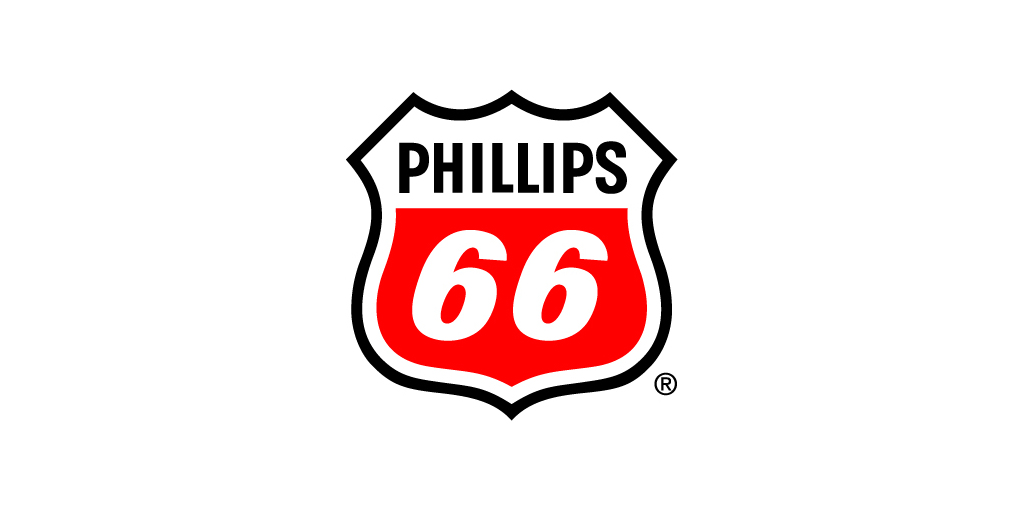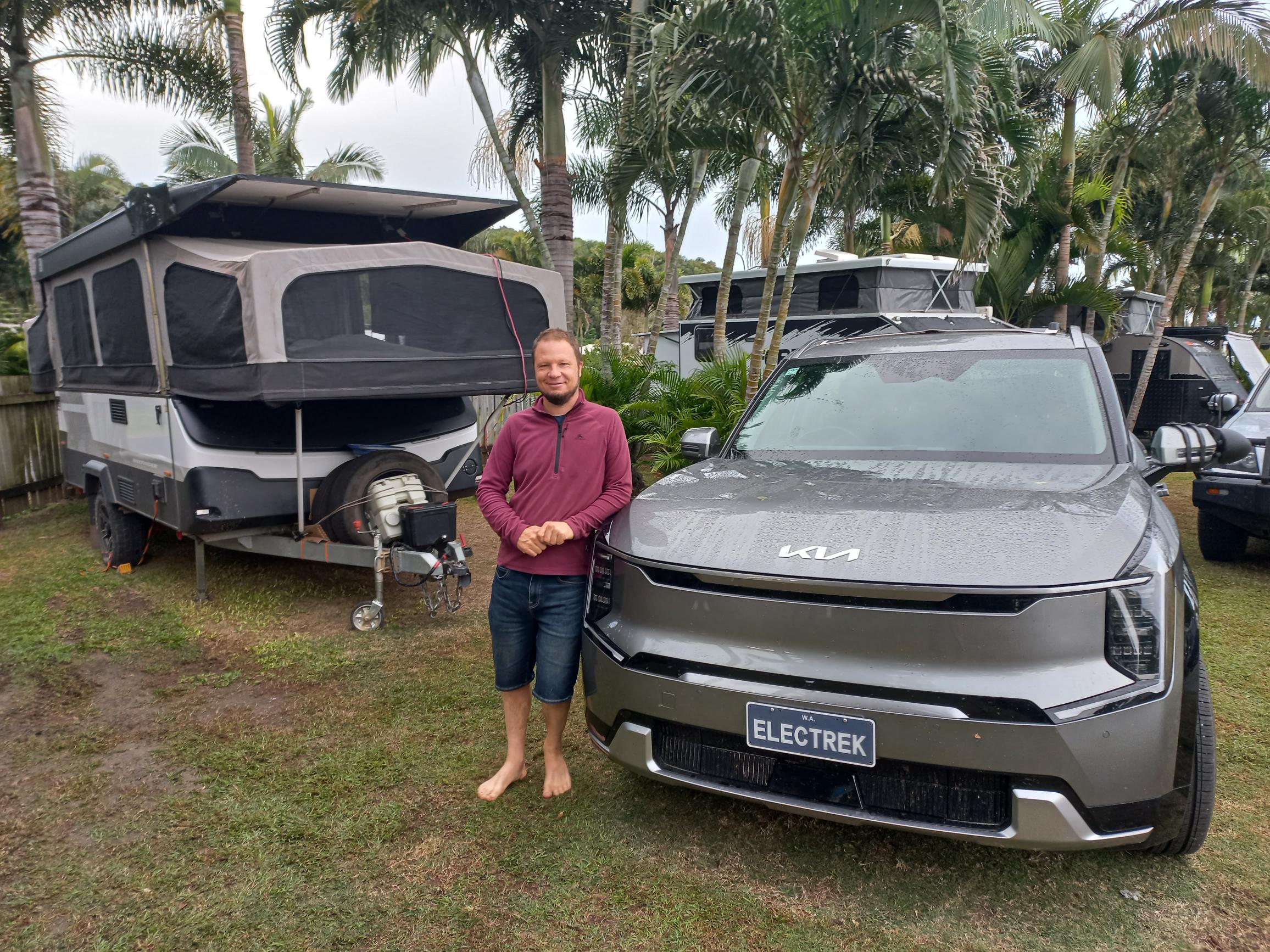Sign up for daily news updates from CleanTechnica on email. Or follow us on Google News!
The big migration of automakers switching to Tesla’s NACS standard was a big story this year, but one easy thing to forget is that all of these announcements were for the future. Nearly everyone announced that in 2025 they’d start selling vehicles in North America with the connector. Existing cars and those sold in 2023 and 2024 will get adapters (with the notable exception of the Nissan LEAF).
What we haven’t seen much of is the exact details on how each automaker and charging station manufacturer intends to implement NACS plugs. A recent announcement from ChargePoint changes this, with some actual concrete details! But, I have to give you fair warning that it’s great news for most EV drivers, but not all.
“With more than 35 million historical ChargePoint sessions initiated by Tesla vehicles, we saw the need to offer native connector solutions for this large portion of the EV market,” said Pasquale Romano, CEO of ChargePoint. “Our support for both installed and new products opens up ChargePoint’s DC chargers to millions of drivers who have not yet had a fast charging alternative to the Tesla ecosystem, and makes their AC charging experience more convenient.”
I asked ChargePoint about how it works, and they explained that existing chargers are already modular. In the past, they’ve shipped with a CCS1 and CHAdeMO cable in the United States and Canada, to support all EVs. For 50 kW ChargePoint stations, Teslas could use them via the CHAdeMO adapter at their full native speed, so it was truly open to all EVs. Later, newer Tesla vehicles could start using the CCS port via an adapter.
For new ChargePoint installations, the buyer can choose whichever ports they want for each of the two cable slots. Currently available options include CCS, CHAdeMO, and now NACS. A station owner could choose to keep the CCS and CHAdeMO the station came with, but they could also put in two CCS ports, two NACS ports, or if they’re a big “classic air-cooled Nissan” fan, they could put in two CHAdeMO ports (this last one seems pretty unlikely).
But, what you’re probably going to see happen most often for the next few years is a CCS port and a NACS port. Given the current mix of EVs on the road, this makes the most sense. It’s not like two cars can charge at the same time, so offering a plug for the first and second most common plugs on cars right now makes heaps of sense. Almost everybody could get a charge.
The People Who Will (Sort Of) Lose Out Here
Sadly, if you own a Nissan LEAF or one of the other CHAdeMO cars, this probably isn’t great news. The most likely configuration people will go with now means no cable for your car to charge. New stations are likely to almost never come with a CHAdeMO cable, while the existing ChargePoint stations with a CCS and a CHAdeMO port are going to (over time) replace most of the CHAdeMO cables with a NACS cable.
So, the number of CHAdeMO ports are probably going to start going down in the coming years instead of slowly rising like they have in the past.
But, for most LEAF drivers, this isn’t going to be a big problem. For first-generation LEAFs and nearly all other CHAdeMO cars, there’s just not enough range for anything but local and short regional trips, and buyers mostly didn’t plan on road tripping them at all. So, the strategy of having one gas car and one LEAF in the driveway will still work out for the life of the car. For second-gen LEAFs and the few other CHAdeMO cars with enough range for a road trip, the lack of liquid cooling and the lack of multiple CHAdeMO ports at Electrify America stations was already making road trips highly problematic.
I know this won’t make the LEAF’s biggest fans happy, especially the few taking a second-gen LEAF on road trips, but for most people, this isn’t going to be a deal-breaker or something that makes them want to prematurely trade the car in.
Everyone Else Will Be Better Off, Including Station Owners
The big winner here for 2023 and 2024 will be Tesla vehicles. More NACS stations are going in, and that’s good news even if an area is already covered by the Supercharger network. There will even be some places that currently have no charging that will get one. With ChargePoint’s efforts at increasing reliability, this will work out pretty well.
The big winners for 2025 and later will be everyone. ChargePoint stations will mostly continue to have CCS, and the increased availability of NACS ports will be good for everyone buying a GM, Ford, BMW, and all of the others who’ve announced a switch that year. So, again, everyone’s getting more plugs (aside from CHAdeMO cars, of course).
Perhaps most importantly, the station owners get the flexibility to follow the EV market in the coming years. I don’t know what the average life of a ChargePoint station is, but we’re probably going to see some big shifts in the charging connector population going forward. Keeping both plugs doesn’t hurt anybody for stations that can only charge one car, because only one gets used at a time (at least with the company’s current offerings).
Other Charging Providers Will Likely Do Similar
While I know many Tesla fanatics would like to see everything go NACS, we’re not there yet and may never be. Several manufacturers are still holding out (as of this writing). There are still many CCS1 vehicles on the road that will probably be on the road for 20 years (perhaps more if people replace packs).
So, for the next decade, it makes a lot of sense for charging providers to support both options. The goal for any charging provider is to charge cars (and get paid, hopefully). Maximizing compatibility as much as reasonably possible makes sense.
The first providers to go all-in on NACS will probably be those that only have one cable or can support charging on both cables at the same time. Once it gets to the point where almost everyone has native NACS or an adapter, it will make a lot of sense to maximize throughput. Stations that have multiple cables but only one can charge at a time will probably aim for compatibility longer because there’s no opportunity cost to doing that.
But, whatever everyone ends up going with, it’s pretty much guaranteed to be interesting.
Featured image provided by ChargePoint.
Have a tip for CleanTechnica? Want to advertise? Want to suggest a guest for our CleanTech Talk podcast? Contact us here.
EV Obsession Daily!
I don’t like paywalls. You don’t like paywalls. Who likes paywalls? Here at CleanTechnica, we implemented a limited paywall for a while, but it always felt wrong — and it was always tough to decide what we should put behind there. In theory, your most exclusive and best content goes behind a paywall. But then fewer people read it!! So, we’ve decided to completely nix paywalls here at CleanTechnica. But…
Thank you!
Tesla Sales in 2023, 2024, and 2030
CleanTechnica uses affiliate links. See our policy here.





